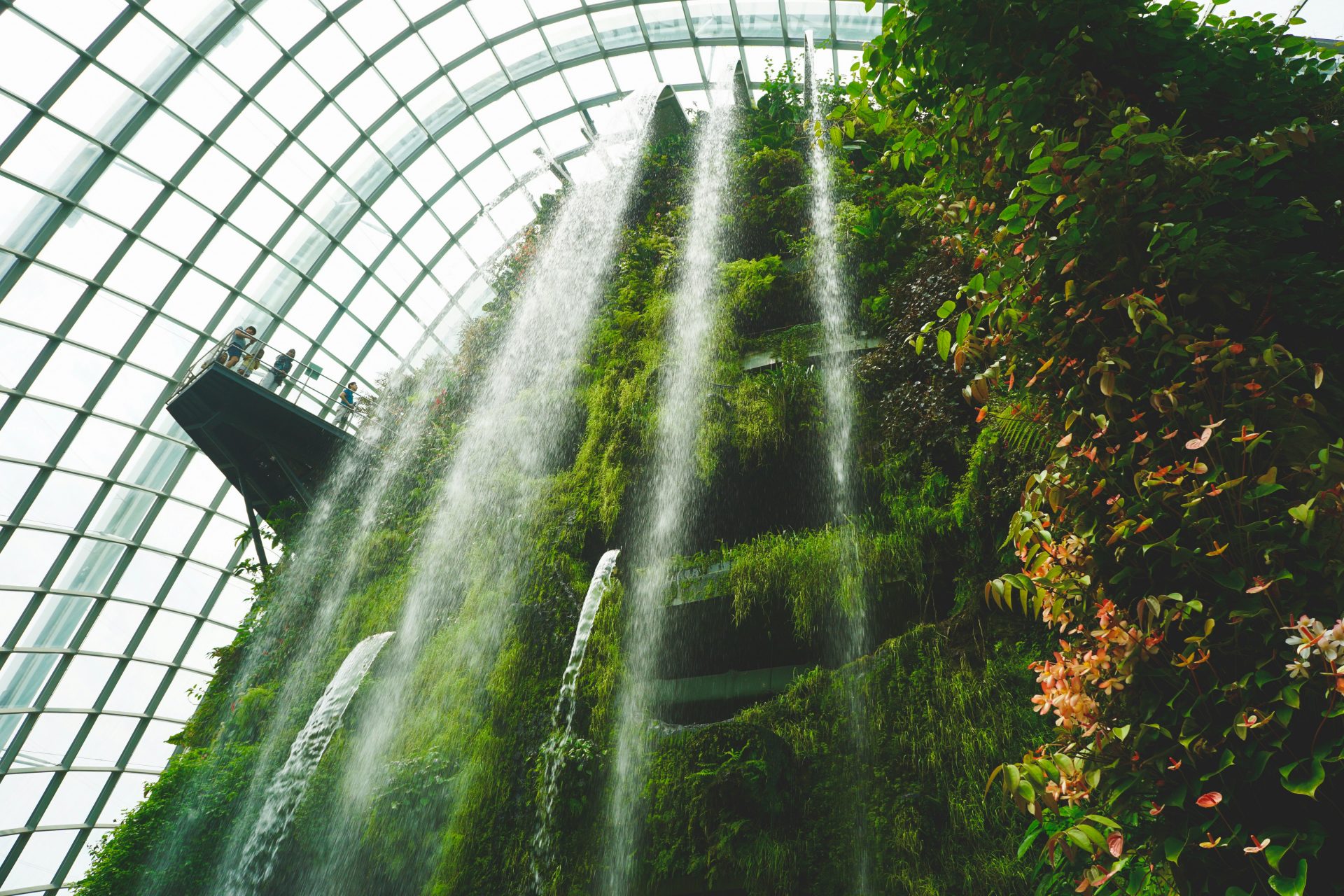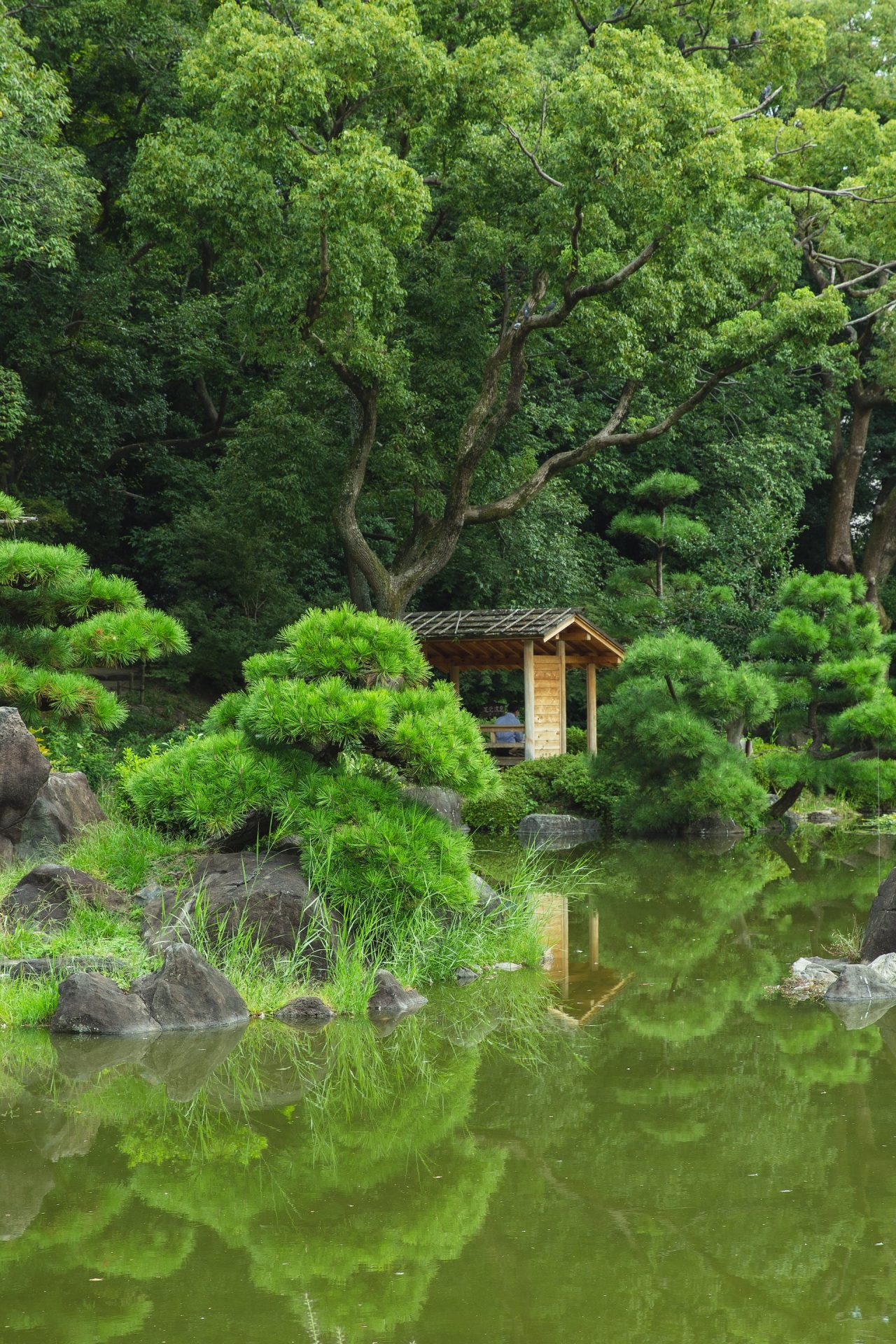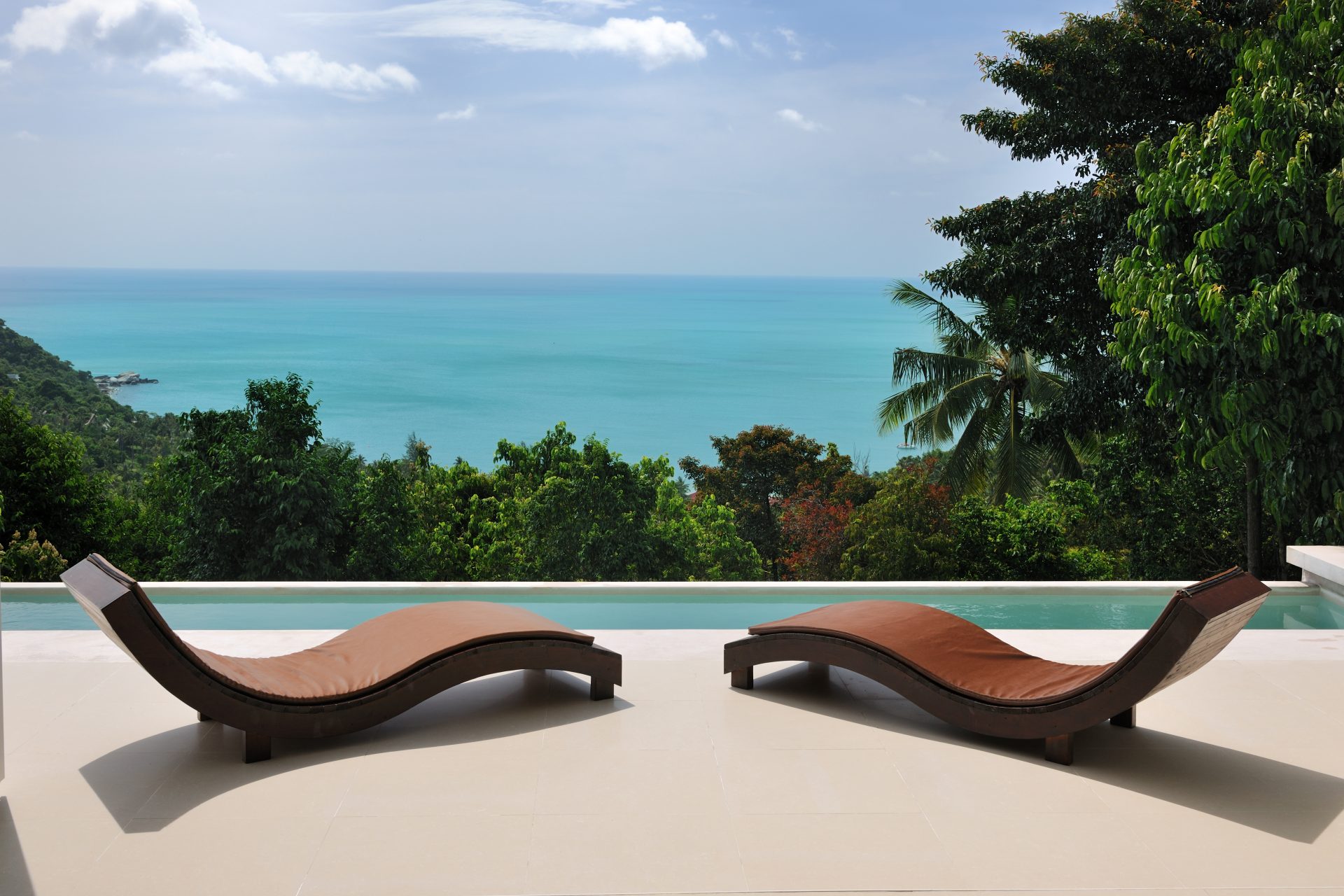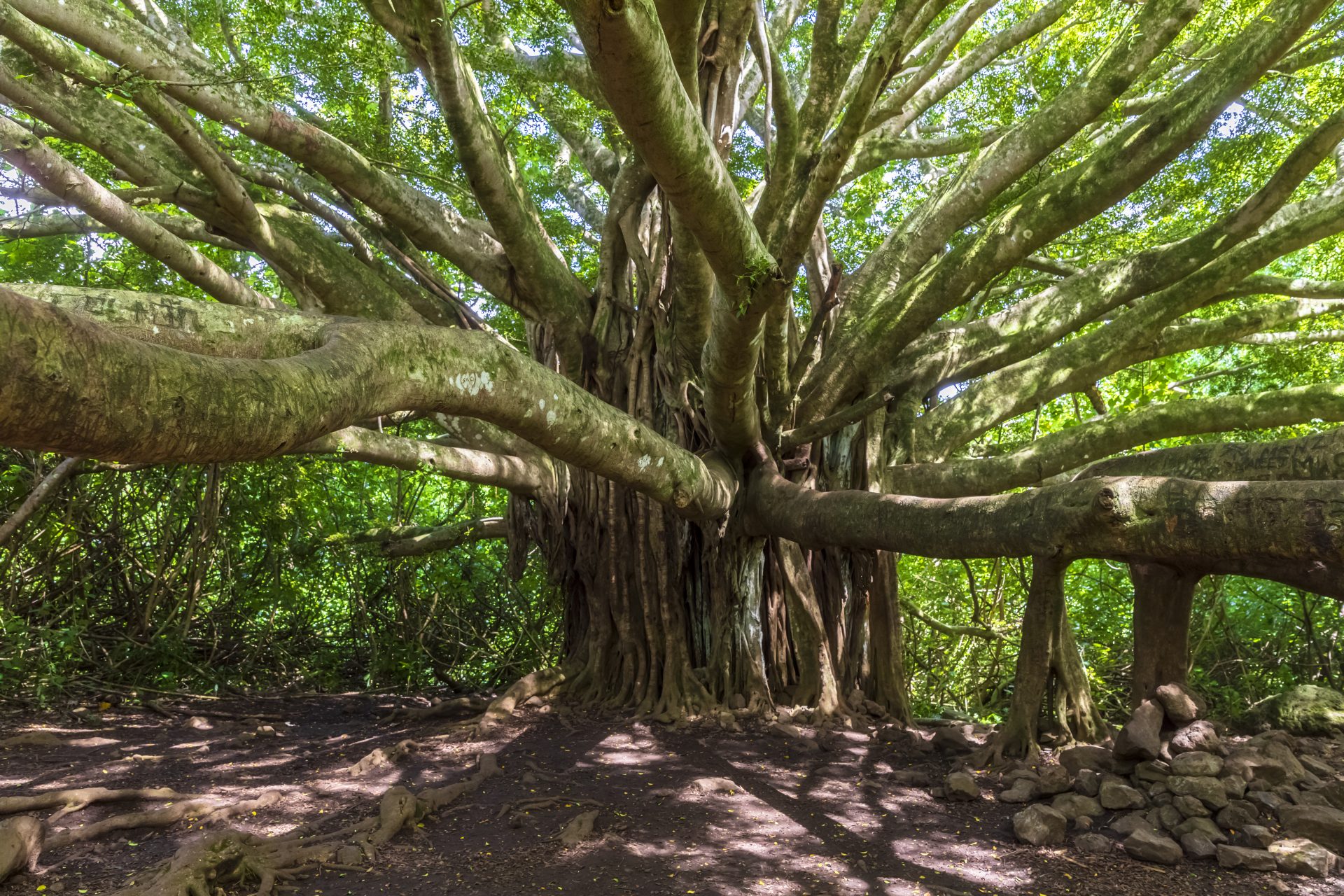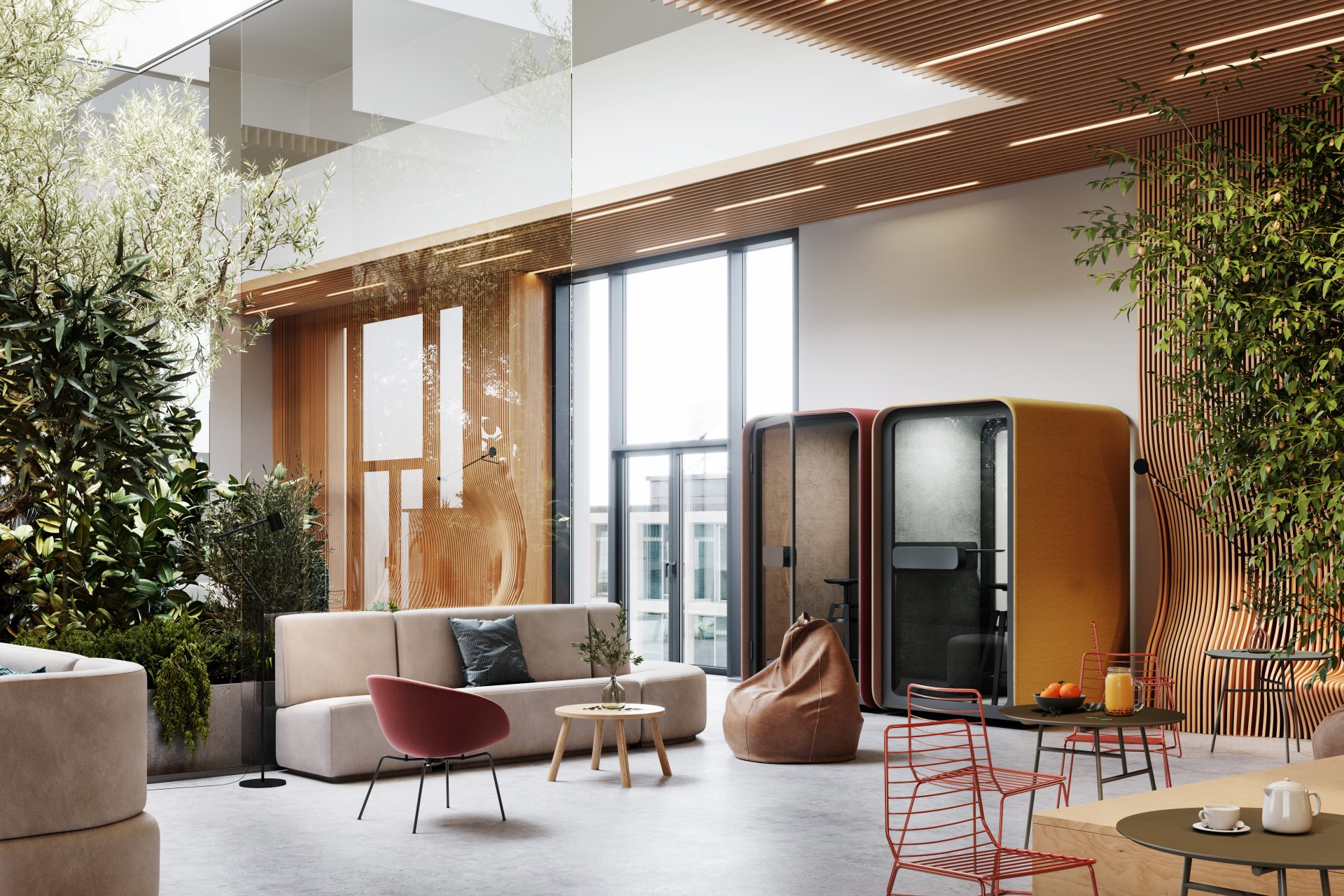Biophilic design: Pictures of green architecture for your soul
Biophilic design benefits our health, increases productivity, and contributes to our happiness. But what is biophilic design and how it applies to the world of architecture?
Broadly speaking, it emulates and adds natural materials, organic patterns, colors, and shapes inspired by nature in indoor and outdoor spaces. Let's look at several examples and see how it can become an authentic life experience.
Image: carlesrgm / Unsplash
Let us imagine that organic systems and natural greenery can be a source of sound, touch, smell, and taste.
Photo: Ryutaro Tsukata/Pexels
Nature in the landscape stimulates the mind without exhausting it: here is a good example, seen in London. And so, as the mind influences the body, you feel refreshed and revitalized.
Another good example of biophilic design can be found in the popular Apple Park, located in Santa Clara County, California. This complex has a structure that imitates the natural curves of nature and brings light to offices from all angles. The campus is surrounded by a new forest.
Photo: Zetong Li/Pexels
Surroundings that enhance the perception of nature through sight, sound, or overall contact with water, relieve tension and stress, and restore a feeling of serenity and peace. In the image, you can see a part of the Jewel Changi, a shopping mall and entertainment complex in one of the terminals at Changi Airport, in Singapore.
Just contemplating greenery and nature can lead to improved attention and mental sharpness.
Coexistence with nature can be essential to turn into a positive attitude and restorative happiness. A good example, seen in this image, is the Galaxy Soho building complex in Beijing, China.
Fluctuations in the intensity of light have the potential to favor conditions that regulate biological rhythms and perception of the environment.
In the wonderful 'Bosco Verticale' in Milan, vegetation is replenished by rainwater harvesting systems, replicating natural conditions and creating a subtle variation in temperature, humidity, and air drifts.
Understanding and being in tune with natural cycles, especially seasonal variations in an ecosystem, are elements of a healthy lifestyle.
In Qatar, there's a breathtaking National Museum worth visiting. It's clean, formed by elegant lines that evoke the simplicity and harmony of nature's “desert roses”. The mix of modern and traditional elements could reflect the dynamic relationship between human progress and the natural environment.
Another great example: The Spheres from Seattle, Washington, in the US Northwest. The three transparent greenhouses are filled with different types of plants, concentrating a variety of greenery in a single space.
Never-ending perspectives, where nature unveils its awe-inspiring beauty at every view, positively impact people's mental and emotional states.
The entire city-state of Singapore is possibly the world's first “biophilic city.” The local government has made an effort to incorporate plants, water, and wildlife into buildings, parks, cityscapes, and government offices.
Explore the sensory mystery of nature: where every smell, sound, and texture immerses you in a world of unforgettable experiences.
Escape life's challenges with nature as your protector, finding an ideal balance between safety and excitement.
Weaving a sustainable future, we can build a greener and more balanced world.
By bringing nature closer to the heart of the cities and a broader audience, nature brings the opportunity to revitalize underused spaces for people to enjoy. In the image, Bangkok, Thailand.
The biophilic concept is revolutionizing interior design. It's a fusion of aesthetics with the natural essence for a harmonious environment, full of life.
Beauty in the complexity of details: a perfect balance for your everyday, life inspired by nature.
Moments of sensory connection with nature through a window, a piece of furniture, a picture or a painting. An important connection to create and nurture.
Today's landscape choices reflect the innate characteristics of environments that have contributed to the evolution of humanity over the centuries.
Interconnected design and building create spaces where functionality and aesthetics converge for a harmonious, sustainable, and dynamic future.
The connection with nature, along with good air, freedom from noise, and a great weather, constitutes a fundamental component of environmental quality for health and well-being.
More for you
Top Stories




